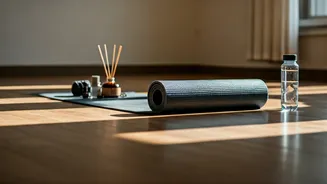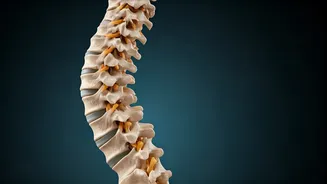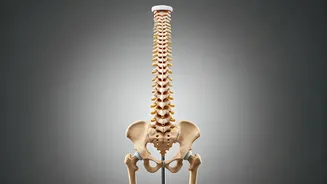Why Back Pain?
Back pain is a prevalent ailment, influencing the well-being of countless individuals. It can be triggered by a multitude of factors, ranging from incorrect
posture during work or while at rest to sudden physical strain or underlying medical conditions. The pain can manifest in varying degrees of intensity, causing discomfort that disrupts day-to-day activities and limits mobility. Recognizing the root cause of the discomfort is essential, as the approach to management often depends on what is causing the pain. Many individuals discover that through simple exercises, targeted at strengthening and stretching specific muscles, they can achieve considerable relief, thereby enhancing their overall quality of life. These exercises not only diminish pain but also assist in preventing future incidents by fortifying the muscles that support the spine.
Pelvic Tilts Revealed
The pelvic tilt is a foundational exercise for those experiencing back pain, focusing on strengthening the abdominal muscles and stabilizing the lower back. To execute this exercise, begin by lying on your back, with your knees bent and feet flat on the floor. Maintain a neutral spine position, ensuring there's a small gap between your lower back and the floor. The goal is to gently rock your pelvis, flattening your lower back against the floor by engaging your abdominal muscles; visualize gently tucking your tailbone under. Hold for a few seconds, then relax, returning to the neutral spine position. This exercise helps in correcting posture and lessening stress on the lower back. Repeat this movement 10-15 times, focusing on controlled and deliberate actions. Consistency in performing pelvic tilts can help build core strength, leading to decreased pain and improved spinal stability. Incorporating this exercise into your routine is a simple yet effective way to protect your back and promote a healthy posture.
Knee Hugs Explained
Knee hugs provide a gentle stretch that can be highly beneficial for alleviating lower back pain. To perform this exercise, lie down on your back with your knees bent and your feet flat on the floor, similar to the starting position for pelvic tilts. Bring one knee towards your chest, clasping your hands around the shin, just below the knee. Gently pull the knee toward your chest, feeling the stretch in your lower back. Hold this position for approximately 20-30 seconds, then slowly release the leg and return it to the starting position. Repeat this action with the other leg, then progress to hugging both knees simultaneously. Doing both knees at the same time can increase the stretch in the back. Knee hugs not only stretch the muscles but also help in improving spinal flexibility and reducing muscle tension, contributing to a more comfortable, pain-free state. This is a very beneficial stretch for people dealing with back pain. Repeating this sequence a few times can provide immediate relief.
Kneeling Back Extension
This exercise is designed to gently extend the spine, providing relief from stiffness and pain. Start on your hands and knees, ensuring your hands are directly beneath your shoulders and your knees are beneath your hips. Slowly arch your back, allowing your stomach to stretch towards the floor and your chest to open. Raise your head slightly, looking towards the ceiling. Hold this position for a few seconds, then relax, returning to a neutral spine position. Kneeling back extensions help to decompress the spine, providing a gentle stretch that eases pain and improves mobility. Repeating this movement 10–12 times provides a way to reduce tension and improve the overall suppleness of the spine. Performing this exercise daily can lead to improved back health and a greater sense of well-being. Focus on maintaining a slow, controlled pace throughout the movements, ensuring that you feel a comfortable stretch without straining your back.
Plank for Strength
The plank is a core-strengthening exercise that plays a pivotal role in supporting the spine, thus assisting in the alleviation of back pain. To execute a plank, start by positioning yourself on your forearms and toes, ensuring your body forms a straight line from head to heels. Engage your core muscles, drawing your navel towards your spine to stabilize your back. Hold this position, focusing on maintaining the straight line and avoiding any sagging in the hips. Begin by holding the plank for 20-30 seconds, gradually increasing the duration as your strength improves. The plank not only reinforces the muscles that support your spine but also boosts overall core strength. This in turn lessens the chance of future back discomfort. Regular incorporation of the plank into your exercise routine aids in building a robust core, enhancing posture, and promoting a pain-free life. Consistency and correct form are key to reaping the benefits of the plank exercise.













